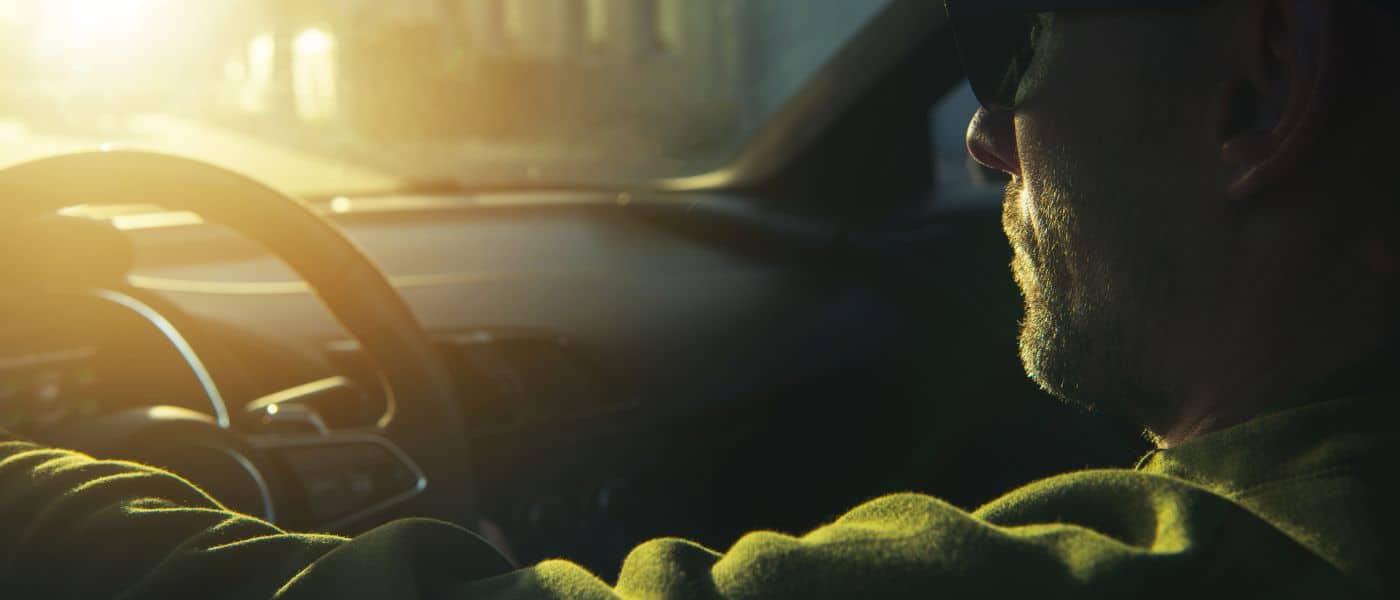Suing Uber or Lyft for Car Accident: Steps to Take After a Rideshare Collision
Rideshare accidents involving Uber and Lyft have become more common as these services grow in popularity. When a crash happens, passengers or other drivers may wonder about their options for seeking compensation. Suing Uber or Lyft directly is possible in some cases, but the process can be complex due to the companies’ insurance policies and driver classifications.
The first step after any car accident is to seek medical care and document injuries. This creates a record that can support a potential legal claim. It’s also important to gather evidence at the scene, like photos and witness contact information. Rideshare companies have insurance that may cover damages, but the coverage depends on whether the driver was actively working at the time.
A lawyer can help determine the best approach for a rideshare accident case. They can review the details and decide if suing Uber /Lyft or pursuing an insurance claim is most appropriate. Legal action may be needed if insurance doesn’t fully cover medical bills, lost wages, and other costs from the crash.
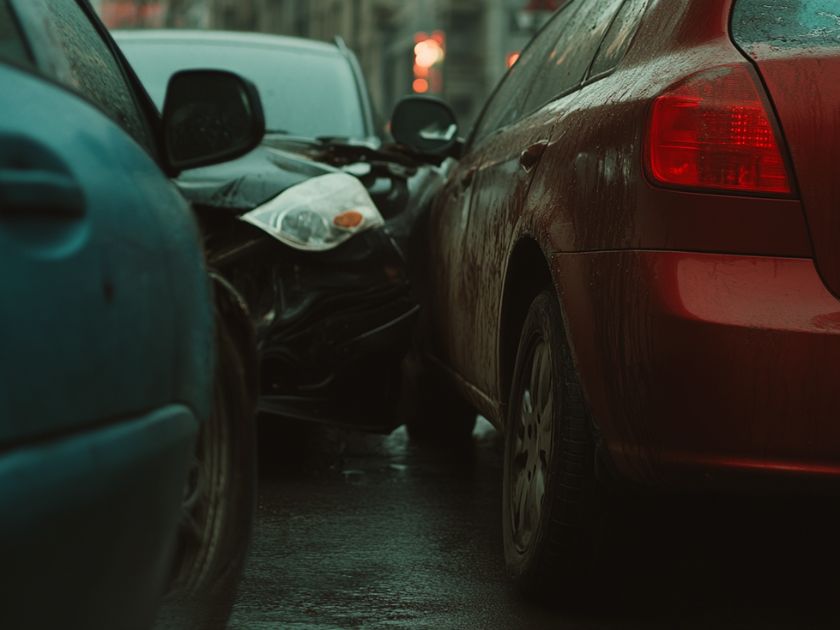
Understanding Rideshare Accidents
Rideshare accidents involve unique risks and causes. These incidents can have serious consequences for passengers, drivers, and others on the road.
Rideshare Services and Accident Risks
Uber and Lyft have changed how people get around, but they also bring new safety concerns. Rideshare drivers often work long hours, increasing the risk of driver fatigue. They may be unfamiliar with certain areas, leading to distracted driving as they check GPS directions.
Passengers face risks too. Getting in a car with a stranger can be dangerous. Riders may not know if the driver is properly trained or if the vehicle is well-maintained.
Rideshare companies provide insurance, but coverage depends on the driver’s status. This can make accident claims complex.
Common Causes of Rideshare Accidents
Many factors can lead to Uber and Lyft crashes. Speeding is a frequent issue, as drivers rush to complete trips quickly. Reckless driving, like sudden lane changes, puts everyone at risk.
Distracted driving is another big problem. Drivers often check their phones for new ride requests or navigation info. This takes their eyes off the road.
Driver fatigue is also common. Many rideshare drivers work long shifts or drive late at night. Drowsy driving can be as dangerous as drunk driving.
These accidents can cause serious injuries. Traumatic brain injuries are one of the most severe outcomes. Broken bones, whiplash, and cuts are also frequent results of rideshare crashes.
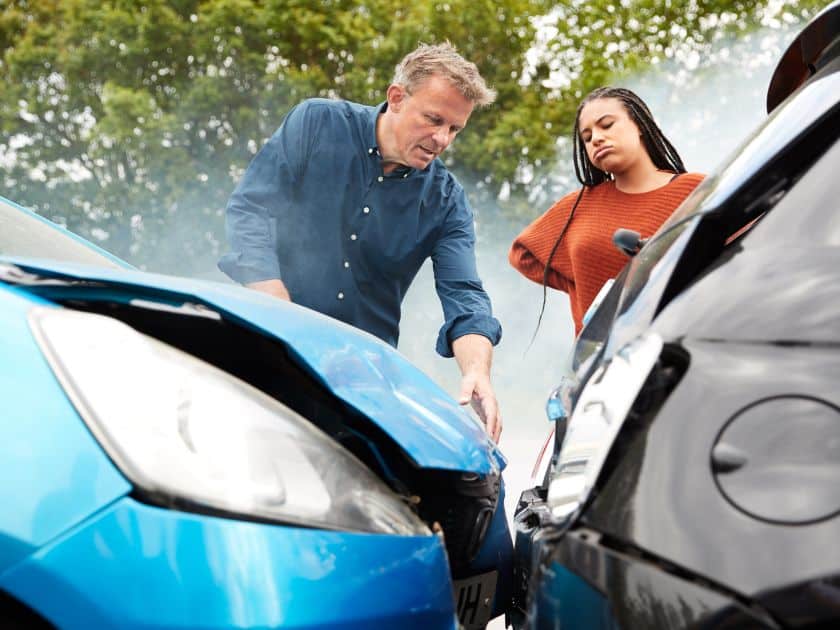
Legal Aspects of Rideshare Accidents
Rideshare accidents involve unique legal considerations. These include determining who is at fault, understanding insurance coverage, and the role of attorneys in handling claims.
Determining Liability and Fault
Figuring out who is responsible for a rideshare accident can be tricky. The driver’s status at the time of the crash matters. If they were waiting for a ride request, liability may fall on their personal insurance. When picking up or driving passengers, Uber or Lyft’s insurance usually applies.
Other factors like road conditions and other drivers’ actions also play a part. Police reports and witness statements help piece together what happened. Sometimes, multiple parties share fault.
Proving liability often requires expert help. Lawyers may bring in accident reconstruction specialists to build a strong case.
Insurance Coverage and Policies
Rideshare insurance is complex. It changes based on the driver’s app status. When offline, the driver’s personal auto insurance applies. Once the app is on, a basic liability policy kicks in.
During rides, Uber and Lyft provide up to $1 million in coverage. This protects passengers, drivers, and others on the road. But there are gaps. Some drivers lack proper coverage when waiting for requests.
Many personal policies don’t cover commercial use. This leaves drivers at risk. Some buy extra rideshare insurance to fill these gaps.
Making a claim can be confusing. Victims may need to deal with multiple insurance companies. Each tries to minimize its payout.
Rideshare Accident Attorney Role
Lawyers specializing in rideshare accidents offer key support. They know the ins and outs of these complex cases. A good attorney can:
- Investigate the accident thoroughly
- Deal with insurance companies
- Gather evidence to support your claim
- Calculate fair compensation for injuries
- Negotiate settlements or take cases to court
They handle the legal process while you focus on recovery. Many work on a contingency basis, meaning they only get paid if you win.
Attorneys can also help with time limits. Each state has deadlines for filing lawsuits. Missing these can hurt your chances of getting compensation.
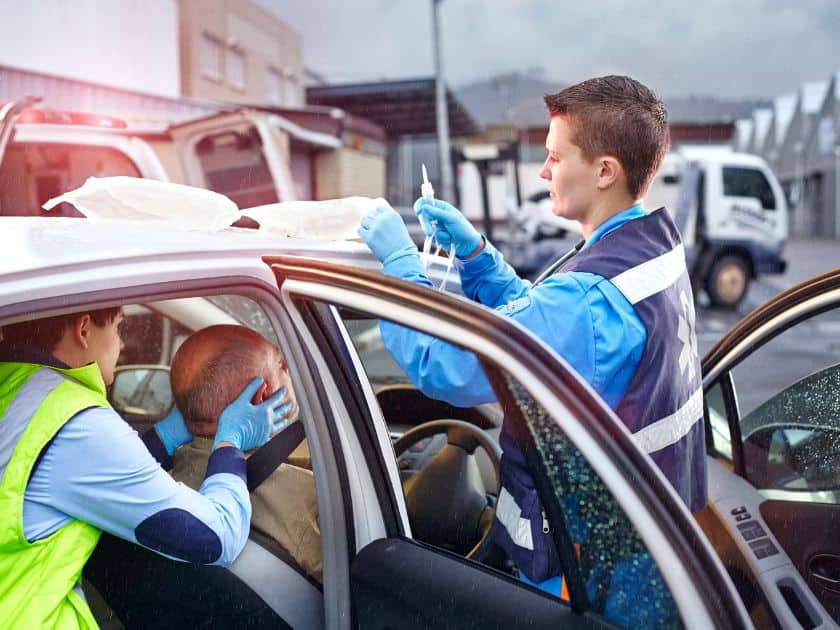
Actions Post-Accident
Quick action after a rideshare accident is key. Proper steps can protect your health and strengthen a potential lawsuit. Here’s what to do right away and how to gather important evidence.
Immediate Steps After an Accident
Call 911 right away. This gets police and medics to the scene fast. Tell the police what happened. They will make a report. This report is very important for your case.
Get medical help, even if you feel fine. Some injuries don’t show up right away. A doctor’s exam creates a record of your health after the crash.
Take photos of the crash scene, if it’s safe. Get pics of all cars involved, any injuries, and road conditions. These photos can be key evidence later.
Gathering Evidence at the Accident Scene
Get names and contact info from everyone involved. This includes the Uber or Lyft driver, other drivers, and witnesses. Write down the rideshare company name and the driver’s info.
Note the exact location of the crash. Look for any traffic cameras nearby. They might have caught the accident on video.
Keep all papers from the scene. This includes police reports, insurance info, and medical forms. These documents will be important for your case later.
Avoid talking about fault or making deals at the scene. What you say could be used against you later. Stick to sharing only basic, needed info.
Seeking Compensation
Getting fair compensation after a rideshare accident can be complex. Victims may need to file a lawsuit to recover damages for injuries, lost wages, and other costs.
Filing a Lawsuit for a Rideshare Accident
To file a lawsuit against Uber or Lyft, start by gathering evidence. This includes police reports, medical records, and witness statements. Contact a lawyer who specializes in rideshare accidents. They can help determine if you have a strong case.
The lawyer will file a complaint with the court. This document outlines your injuries and damages. Uber or Lyft will then respond to the complaint.
Next comes the discovery phase. Both sides exchange information about the case. This may include depositions, where people answer questions under oath.
Many cases settle before trial. If not, your case will go before a judge or jury.
Calculating Damages and Compensation
Damages in rideshare accidents fall into two main types:
- Economic damages
- Non-economic damages
Economic damages include:
- Medical bills
- Lost wages
- Property damage
Non-economic damages cover:
- Pain and suffering
- Emotional distress
- Loss of enjoyment of life
A lawyer can help value your claim. They look at factors like injury severity and long-term impacts. Medical experts may testify about future care needs.
Insurance policies play a key role. Uber and Lyft have $1 million policies for accidents during trips. Coverage may be less if the driver was waiting for a ride request.
Settlement talks often happen before trial. Your lawyer will negotiate with the insurance company. If talks fail, the case goes to court for a judge or jury to decide.
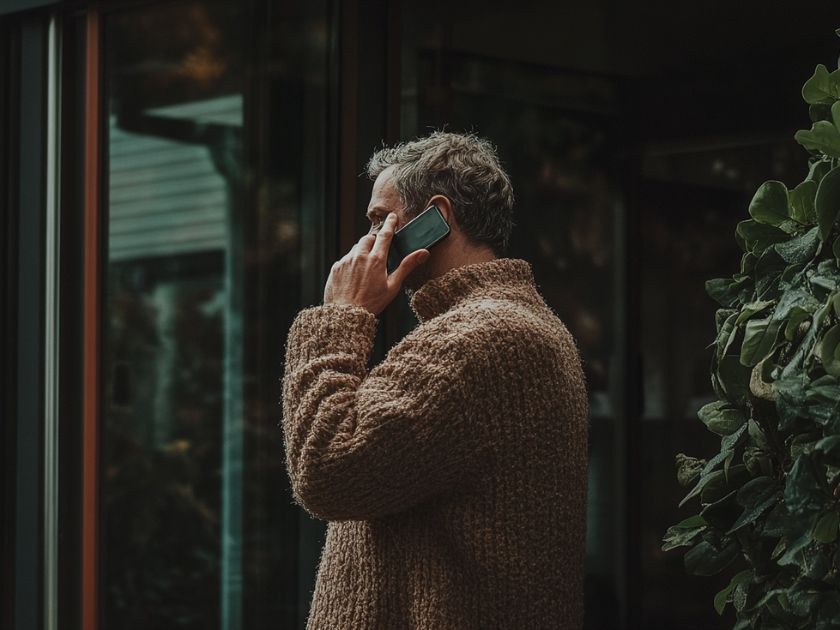
Dealing with Insurance after a Rideshare Accident
Insurance claims for rideshare accidents can be complex. Rideshare companies use multi-layered insurance policies that change based on the driver’s status at the time of the crash.
Filing an Insurance Claim
After a rideshare accident, contact the police and get a report. Take photos of the damage and get contact info from witnesses. Seek medical care right away if you’re hurt.
Tell your insurance company about the crash. Also inform the rideshare company through their app or website. They’ll ask for details about the accident.
Keep records of all accident-related expenses. This includes medical bills, car repairs, and lost wages. These will be important for your claim.
A personal injury lawyer can help navigate the claims process. They know how to deal with insurance companies and fight for fair compensation.
Understanding Rideshare Insurance Structure
Rideshare insurance has different coverage levels. These depend on whether the driver was waiting for a ride request, on the way to pick up a passenger, or during a trip.
When the app is off, the driver’s personal insurance applies. When waiting for a request, there’s limited liability coverage from the rideshare company.
Once a ride is accepted, the company’s full $1 million policy kicks in. This covers the driver, passengers, and third parties.
Drivers are usually independent contractors. This can make it harder to sue the company directly. Instead, claims often go through the company’s insurance.
Some drivers have extra rideshare insurance. This can fill gaps in coverage between personal and company policies.
Legal Representation and Attorneys
Getting the right lawyer is key for a successful case against Uber or Lyft. A good attorney knows rideshare laws and can get expert help to make your case stronger.
Choosing the Right Rideshare Accident Lawyer
When picking a lawyer for an Uber or Lyft crash case, look for someone with rideshare lawsuit experience. These cases are different from normal car accidents. A skilled rideshare accident lawyer knows the special laws and insurance rules that apply.
Look for an attorney who has: • Handled many Uber/Lyft cases • Won good settlements • Knowledge of rideshare company policies • Connections with accident experts
Ask lawyers about their track record with rideshare lawsuits. Find out how they plan to approach your case. Pick someone who explains things clearly and makes you feel at ease.
The Importance of Expert Testimonies
Expert witnesses can really help your rideshare accident case. These pros give detailed info about things like: • How the crash happened • Your injuries and future medical needs • Lost wages and job impacts
Accident reconstruction experts can show how the crash occurred. They use science to back up your side of the story. Medical experts explain your injuries in detail. They can predict your future care needs and costs.
Financial experts figure out how much money you’ve lost from missing work. They also calculate future losses if you can’t return to your job. A good lawyer knows which experts to call on for your case.
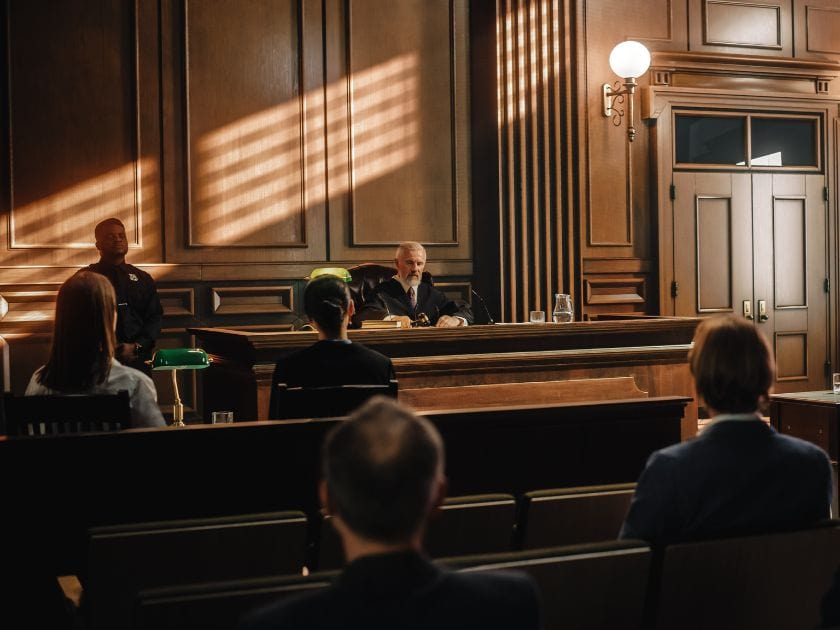
Understanding the Court Process
Filing a lawsuit against Uber or Lyft after a car accident involves several legal steps. The process can be complex, but knowing what to expect can help you navigate it more easily.
Stages of a Personal Injury Lawsuit
A personal injury lawsuit against a rideshare company typically follows these steps:
- Filing the complaint
- Discovery phase
- Pretrial motions
- Mediation or settlement talks
- Trial
The complaint starts the legal process. It outlines your case against Uber or Lyft. Discovery lets both sides gather evidence. This may include witness statements and accident reports.
Pretrial motions can affect how the case proceeds. Mediation often happens before trial. It’s a chance to settle out of court. If mediation fails, the case goes to trial.
At trial, both sides present their arguments to a judge or jury. The court then decides on liability and damages.
Settlement vs. Trial
Most rideshare accident claims settle before trial. Settlement offers a quicker resolution and lower costs. It also gives you more control over the outcome.
Trials can take longer and cost more. They also carry more risk. You might win big, but you could also lose and be responsible for defendants’ attorney’s fees and costs.
Settling means accepting a payment to drop your lawsuit. The amount depends on factors like:
- Severity of injuries
- Medical costs
- Lost wages
- Pain and suffering
Trials may lead to higher payouts but are unpredictable. The judge or jury decides based on the evidence presented.
Your lawyer can help you weigh the pros and cons of settling or going to trial. They’ll consider the strength of your case and potential outcomes.
Know Your Rights and Responsibilities
Knowing your rights and responsibilities is key after a rideshare accident. Time limits and state laws play big roles in your case.
Legal Deadlines and Statute of Limitations
Each state sets a time limit for filing lawsuits after an accident. This is called the statute of limitations. In Colorado, you have 3 years from the crash date to sue. Missing this deadline can stop you from getting money for your injuries.
Some cases have shorter time limits. For example:
- Claims against a city: 180 days to file a notice
- Claims against the state: 180 days to file a notice
It’s smart to talk to a lawyer soon after your accident. They can help you meet all deadlines.
The Role of State Laws in Rideshare Accidents
State laws affect how rideshare accident cases work. These laws cover things like:
- Who is at fault
- How much money you can get
- What insurance covers
Colorado follows a modified comparative negligence system. This means you can recover damages if you’re not more than 50% at fault for the accident. The percentage of your fault will reduce your compensation.
Rideshare companies must follow state rules too. In Colorado, Uber and Lyft drivers need special insurance. The coverage changes based on if the driver is:
- Waiting for a ride request
- On the way to pick up a rider
- Driving a passenger
Knowing these laws helps you understand your rights after an accident.

